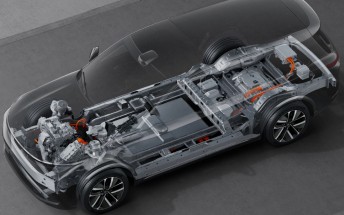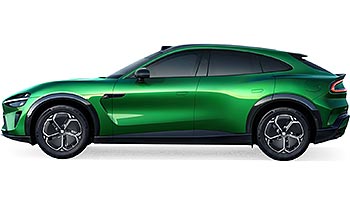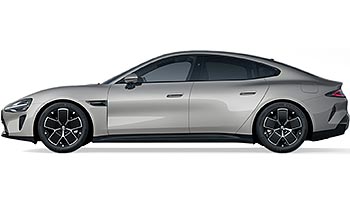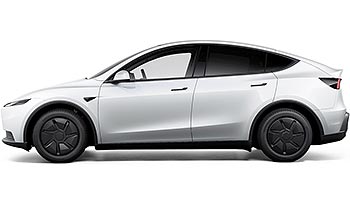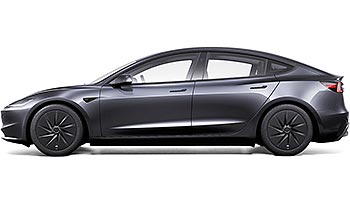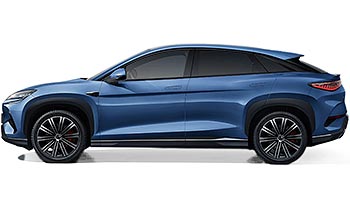VW to be the launch customer of XPeng's new VLA 2.0 self-driving system
XPeng unveiled its VLA 2.0 model, its full-send "operating system of the physical AI world."
The AI-powered self-driving system promises to bring a paradigm shift in the industry. As a testament to its potential Volkswagen has decided to adopt VLA 2.0 on its vehicles, ditching its own efforts on self-driving. VW will also be using XPeng's Turing AI Chip for its cars.
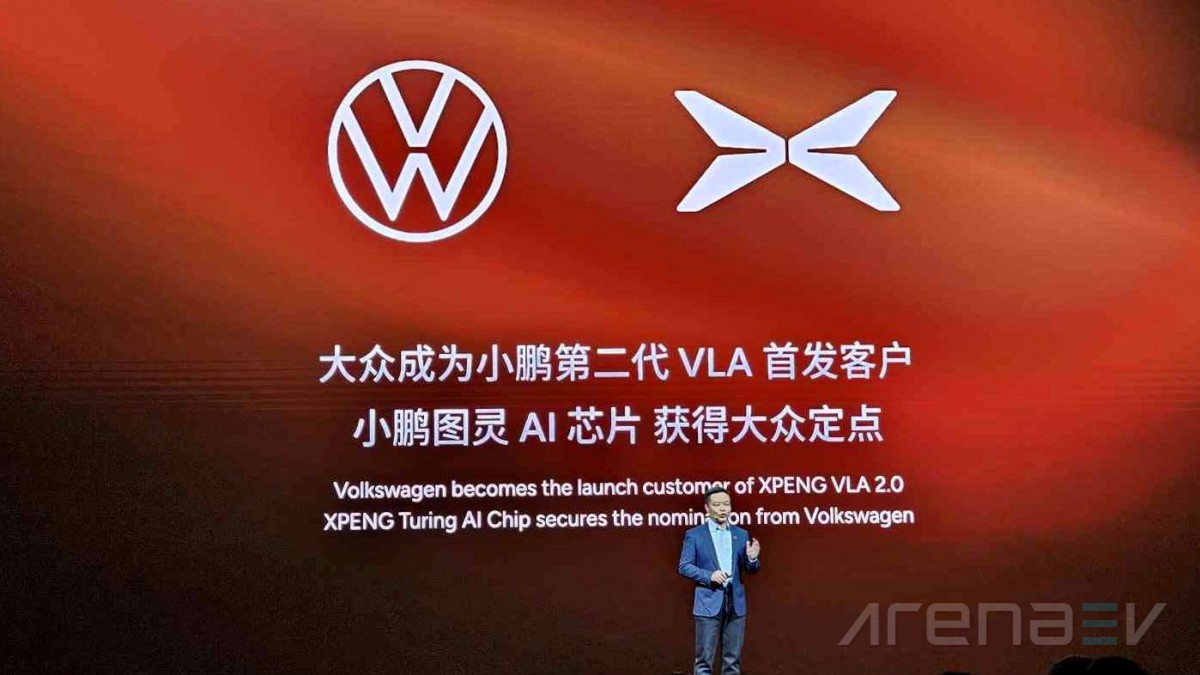
Here are the key innovations in VLA 2.0. It replaces language, a conventional part of multimodal models, and enables direct generation of physical actions from perception. VLA 2.0 acts as both an action-generation model and a physical world-understanding model.
It can even learn and evolve from experience and gain interaction reasoning.
XPeng used 100 million real driving clips, which equals to around 65,000 years of human driving experience. The VLA 2.0 model then generates long-tail scenarios to improve its capabilities.
The Ultra model offers 2,250 TOPS (trillion operations per second) of compute capacity. To put that into perspective, Apple's top-of-the-line M4 Max processor has 38 TOPS.
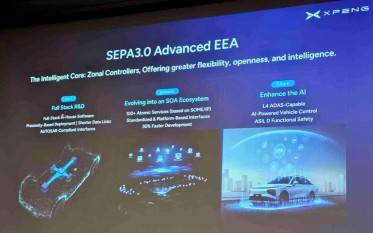
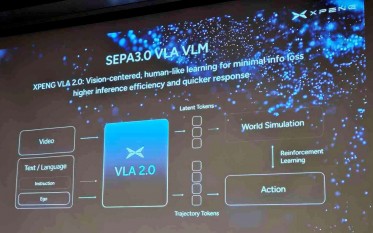
Slides from XPENG AI Day conference
The VLA 2.0 promises a 13-fold improvement in autonomous driving on narrow roads, offers a proactive response to traffic lights, and can recognize hand gestures.
XPeng will roll out VLA 2.0 to testers in December and will roll out the model to its Ultra vehicles in Q1 of 2026.
Related
Reader comments
- juck
logic, same for old VW too?
- 09 Nov 2025
- tVt
- Sher 0
I wonder what about all that non Turing xpengs. Basicaly all sold so far in europe are old cars
- 06 Nov 2025
- 3kP











